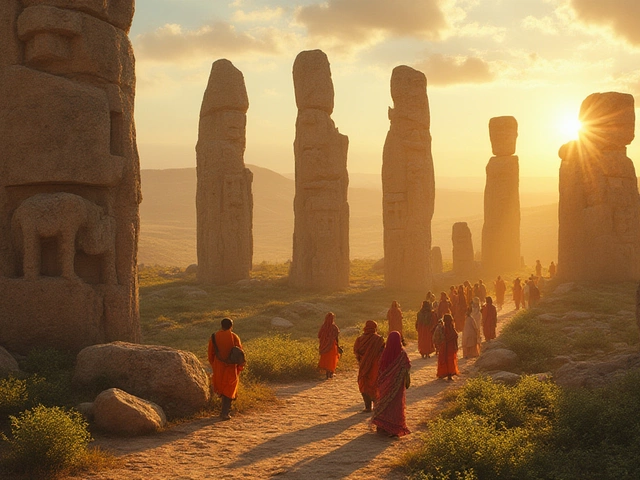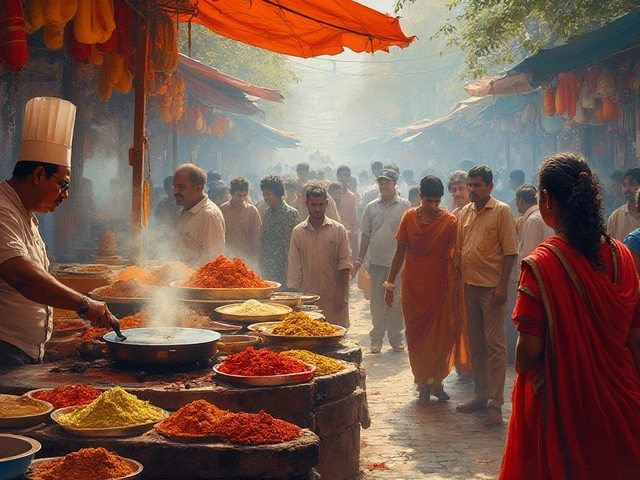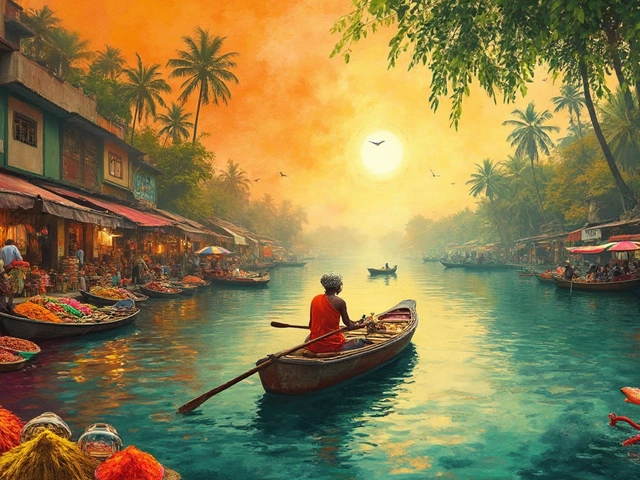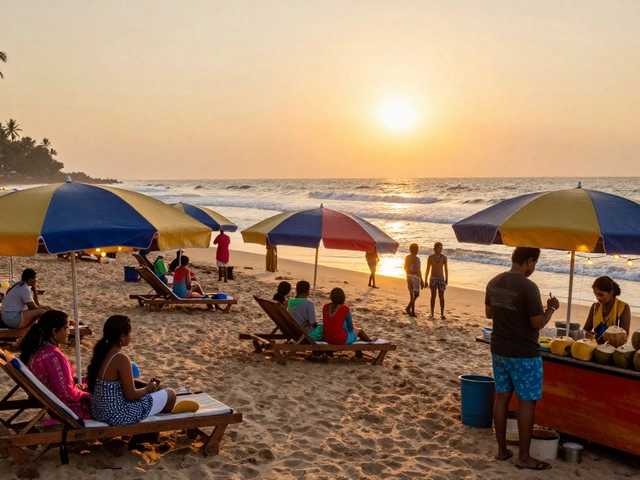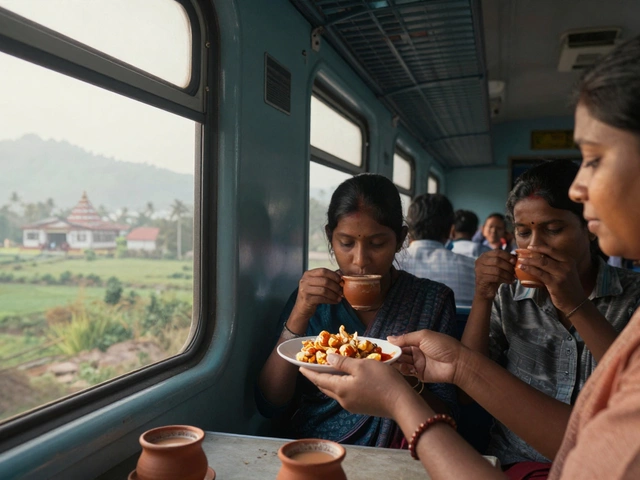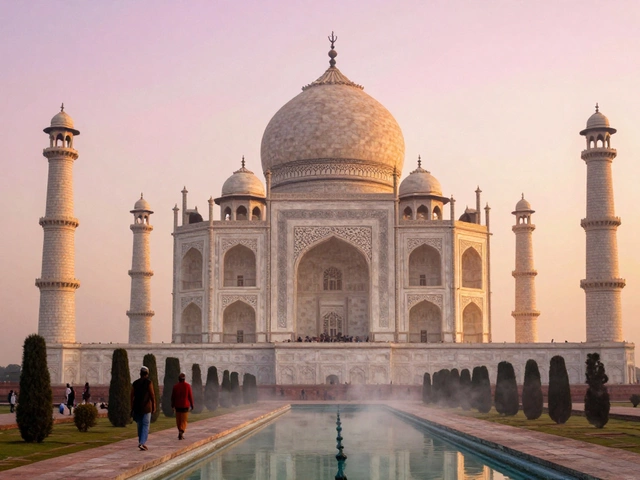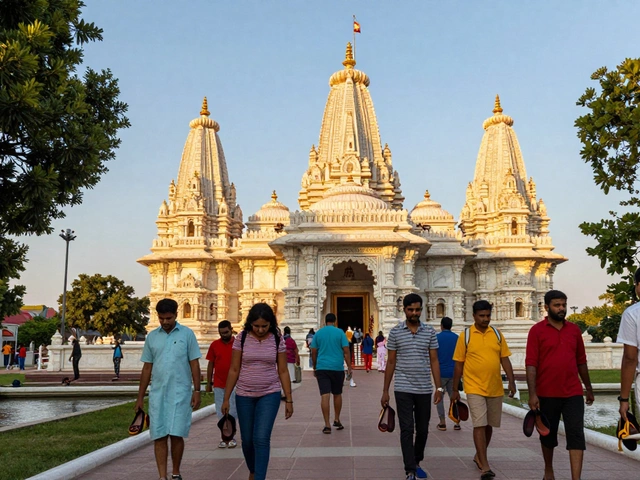So, you're itching to trek in India? Can't blame you! India is a trekking paradise, and it's not just about the exercise—it's about the whole experience. Think the towering Himalayas, the Western Ghats, and countless trails that call out to adventurers from all over.
Let's start with the show-stopper: the Himalayan region. The thrill of tackling treks like the Roopkund Trek or the Chadar Trek is something else. The views are killer, not to mention the clean mountain air. If you’re into snow and glaciers, this is your playground.
Switching gears to the Western Ghats, it's completely different, but oh-so-beautiful. Trails like the Kudremukh trek in Karnataka offer lush landscapes and some of the freshest air you could breathe. Perfect if you’re looking for green trails and misty mornings.
But what about the Northeast? Often overlooked, this region is like a hidden gem for trekkers. Places like the Dzongri Trek in Sikkim give a fascinating mix of culture and nature.
- The Himalayan Majesty
- Western Ghats Wonders
- Northeast Adventures
- Cultural Treks
- Tips for Trekking in India
The Himalayan Majesty
When you think of trekking in India, the Himalayas are usually the first thing that comes to mind—and for good reason. They're not just mountains; they’re an experience. The vast range provides a backdrop for some of the most spectacular trekking places in India. It's like stepping into a painting, with peaks and valleys that seem too picturesque to be real.
One of the most talked-about treks is the Roopkund Trek. Known as the 'Mystery Lake' trek, it takes you through oak forests and meadows, leading up to a glacial lake filled with mysterious ancient skeletons. It's a trek packed with surprises at every turn. Then there’s the Chadar Trek, also known as the frozen river trek. Walking on the thick frozen Zanskar River is as thrilling as it sounds!
If you're into more serene settings, the Valley of Flowers is a secret garden where nature shows off with wildflowers, waterfalls, and diverse wildlife. You can spot animals like the Asiatic black bear and blue sheep if you’re lucky!
The best time to hit these trails? Well, for most of them, summer through early fall (June to September) is perfect. The weather's clear, and trails are accessible. Winter treks like the Chadar are, of course, done in January and February.
Planning is key. Know your limits and prepare for the altitude, which can sometimes sneak up on you. Hydration and acclimatization are your best friends here. If you're new to the Himalayan treks, consider starting with a moderate one, like the Nag Tibba Trek, which offers a fantastic view of the peaks while not being too tough on first-timers.
Here's a quick peek into some stats that might interest you:
| Trek | Difficulty | Best Time |
|---|---|---|
| Roopkund | Moderate to Difficult | May to June, September to October |
| Chadar | Difficult | January to February |
| Valley of Flowers | Easy to Moderate | July to August |
Whether you're tackling those dizzying altitudes for the breathtaking views or the sheer adventure, trekking in the Himalayas is not just a bucket list item—it's a chance to see the world from a rooftop.
Western Ghats Wonders
The Western Ghats are a trekking dream come true for nature lovers. Stretching over 1,600 kilometers across the west coast, this UNESCO World Heritage site is jam-packed with biodiversity. It's got everything from dense forests to bubbling waterfalls—ideal for those who love green scenery and a bit of adventure.
One of the top spots for trekking here is the Kudremukh trek in Karnataka. It’s named after its peak that looks like a horse face—kudure means horse and mukha means face. The trek is about 22 kilometers and usually takes two days, giving you loads of time to soak in the beauty. The rolling hills covered with greenery look almost like an endless carpet.
If you’re based around Kerala, the Chembra Peak in Wayanad is another must-visit. It’s about a nine-kilometer trek and honestly, not too tough, making it great for beginners. Plus, you get to see a heart-shaped lake on the way up—a cute bonus!
For those in Maharashtra, the Rajmachi trek near Lonavala should be on your list. It’s famous for the Rajmachi Fort, which offers sweeping views of the Sahyadri mountains. Some trekkers prefer to do this one at night to catch an epic sunrise from the fort.
- Kudremukh Trek: 22 km, takes about two days.
- Chembra Peak: 9 km, perfect for beginners.
- Rajmachi Trek: Features the historic Rajmachi Fort.
Besides being beautiful, the Western Ghats are also a plant and animal haven. According to a recent biodiversity survey, the region hosts over 7,402 species of flowering plants and nearly 139 mammal species. So, every trek is like a mini safari!
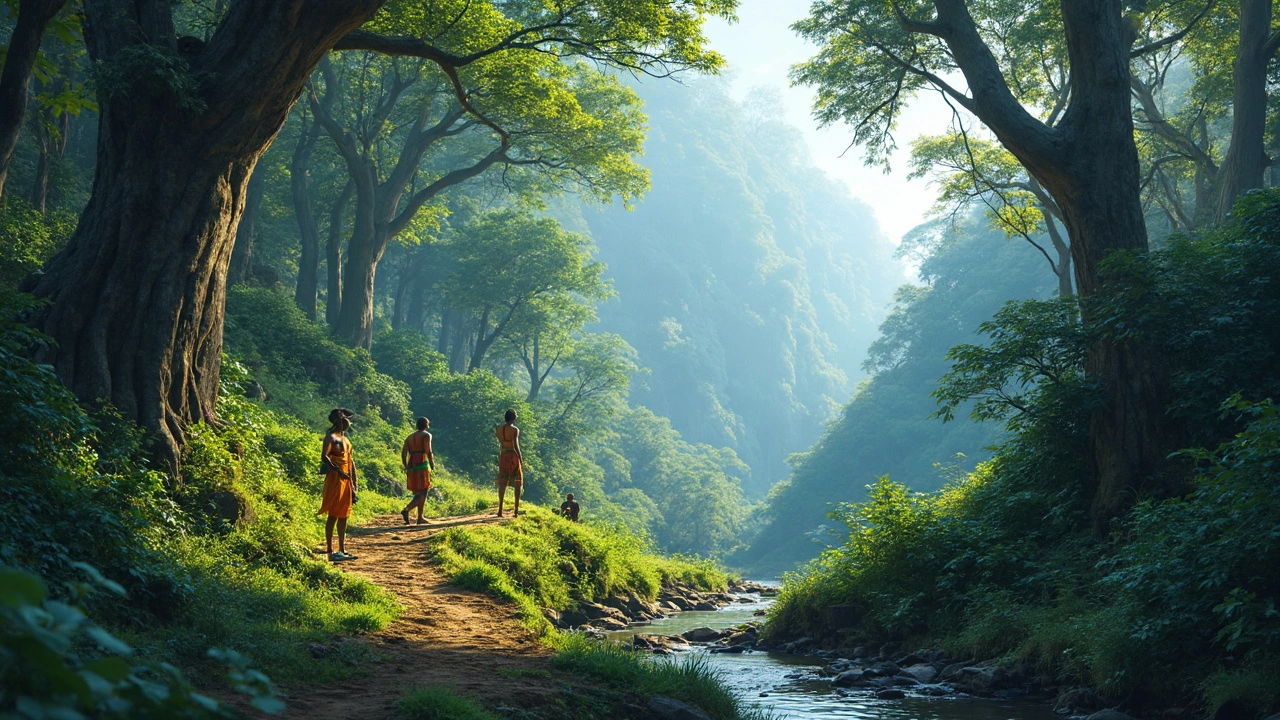
Northeast Adventures
The Northeast of India is like stepping into a whole other world, especially for trekking enthusiasts. It's not as talked about as places like the Himalayas, but boy, does it pack a punch. From mind-blowing scenery to vibrant local cultures, there's a lot to explore.
One must-trek route is the Dzongri Trek in Sikkim. It's ideal if you're keen on spectacular views without going super high-altitude. You'll get an awe-inspiring look at peaks like Kanchenjunga, the third highest mountain in the world. The trek usually lasts around five days and starts from Yuksom, a small town that's charming in its own right.
What makes treks in the Northeast even more unique are the cultural experiences you'll encounter. While trekking through Arunachal Pradesh, you're not just walking through scenic landscapes; you're experiencing the rich traditions of the local tribes. The region is dotted with quaint villages where you can sometimes stay overnight for an authentic experience.
Don't miss the Living Root Bridges in Meghalaya. These natural wonders offer short but sweet treks that combine stunning landscapes with ingenious human craftsmanship. Check out the Umshiang Double Decker Root Bridge in Nongriat for a sight that will take your breath away.
If you're into numbers, Meghalaya boasts some impressive stats, like having 7 of the world's top 10 rainiest places. This means lush greenery, but it's smart to check the weather, especially during the monsoon season.
Most trails in the Northeast are not as crowded as the more famous routes, offering a peaceful trek that's hard to find elsewhere. Just keep in mind that some areas require special permits due to their proximity to international borders, so plan ahead!
Cultural Treks
Ever thought about mixing some culture into your trekking adventures? India has got you covered with treks that aren't just about the trails but also about diving into local lifestyles and traditions. These trekking places in India offer a way to connect with the people and learn about their way of life along the way.
Take the Markha Valley Trek in Ladakh, for example. This trek not only gets your heart racing with its stunning views of the Zanskar range but also invites you into quaint Ladakhi villages. Here, you can stay in homestays, taste traditional food, and even chat with the locals to get a feel of their simple yet fascinating daily lives.
Then there's the Valley of Flowers Trek. It's located in Uttarakhand and famous for its colorful blooms that are an absolute feast for the eyes. But this trek also gives you a peek into the way of life in the small mountain villages that dot the area. Walking through these villages, you'll pass ancient temples and get a glimpse of the local culture that's rooted deeply in nature.
For something different, head to the Sandakphu Trek on the West Bengal-Nepal border. This trek is not just about the sweeping views of mt. Everest and Kanchenjunga. It also offers an interesting mix of cultural experiences as it passes through small villages where Indian and Nepalese cultures blend beautifully.
These popular trekking spots in India don't just offer a workout; they offer a cultural experience that stays with you long after you've descended from the hills. It's a win-win for those looking to enrich their hiking experience.
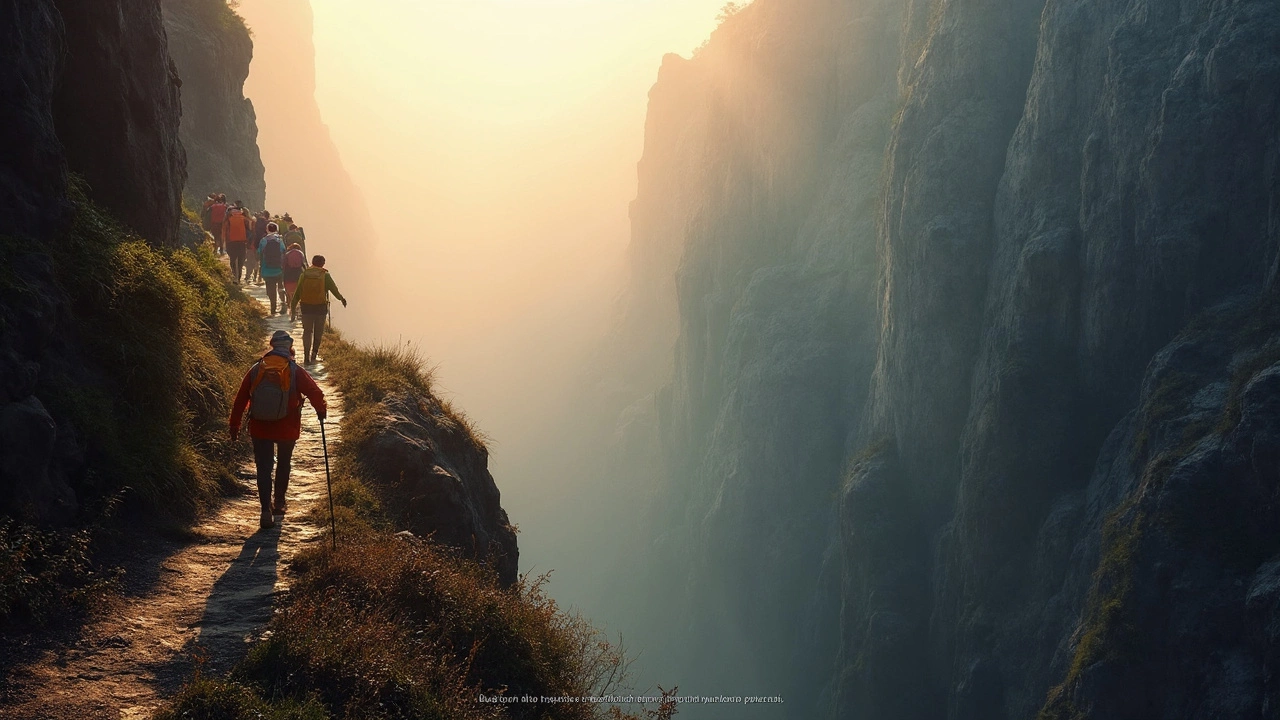
Tips for Trekking in India
Ready to hit those trekking places India? Awesome! But before you lace up those boots, it's crucial to know a few things. Trekking in India is a blast, but preparation is everything.
First up, pack smart. You don't want to be that person struggling with a massive backpack on a steep hill. Keep it light and essential: think a sturdy water bottle, some energy snacks like nuts, and a small first-aid kit. Trust me; less is more.
Weather is a tricky beast in India. In the Himalayas, a sunny morning can turn into a snowy afternoon. Ensure you pack layers and a waterproof jacket. If you're heading to the Western Ghats, getting drenched is part of the fun, so waterproof boots might save your trek.
Acclimatization is key in high altitudes. Don’t rush it! Spending an extra day or two at higher altitudes helps your body adjust. This is especially true in the Himalayan region where altitude sickness can sneak up on you.
Respect the local culture and environment. Many trekking spots are steeped in tradition and natural beauty. Keep noise levels down, stick to designated paths, and always carry back what you bring in.
Finally, whether you're a rookie or a marathon trekker, safety should be your priority. Let someone know your plans, keep a map or GPS handy, and if you're unsure about a trail, don't hesitate to hire a local guide. A little help can make your trekking experience in India smooth and unforgettable.

